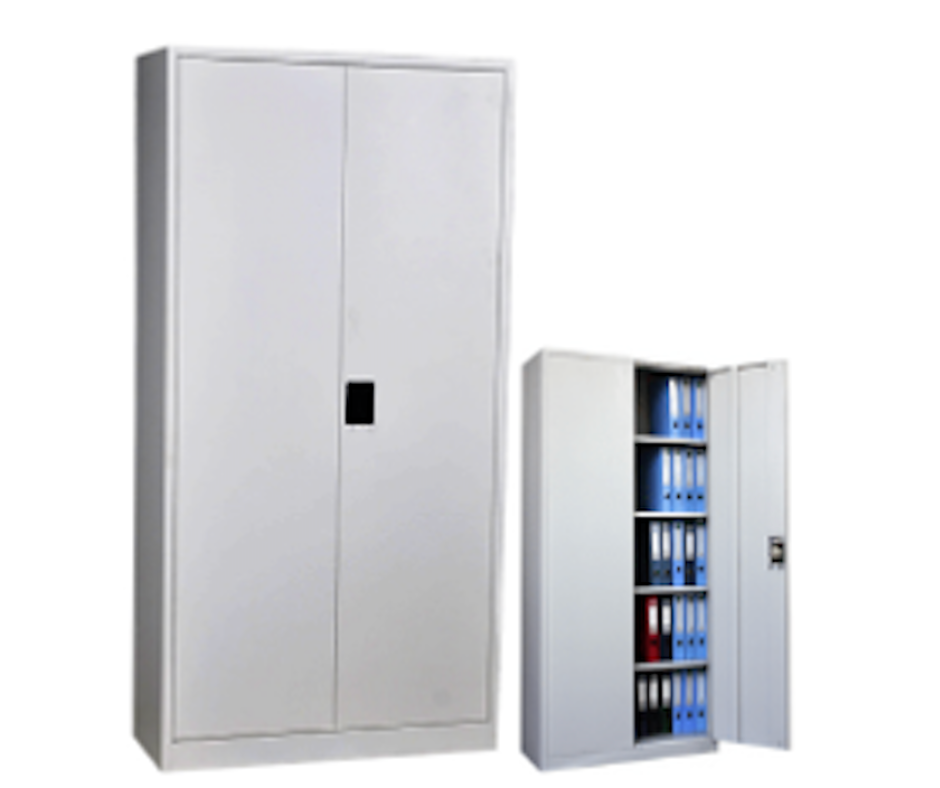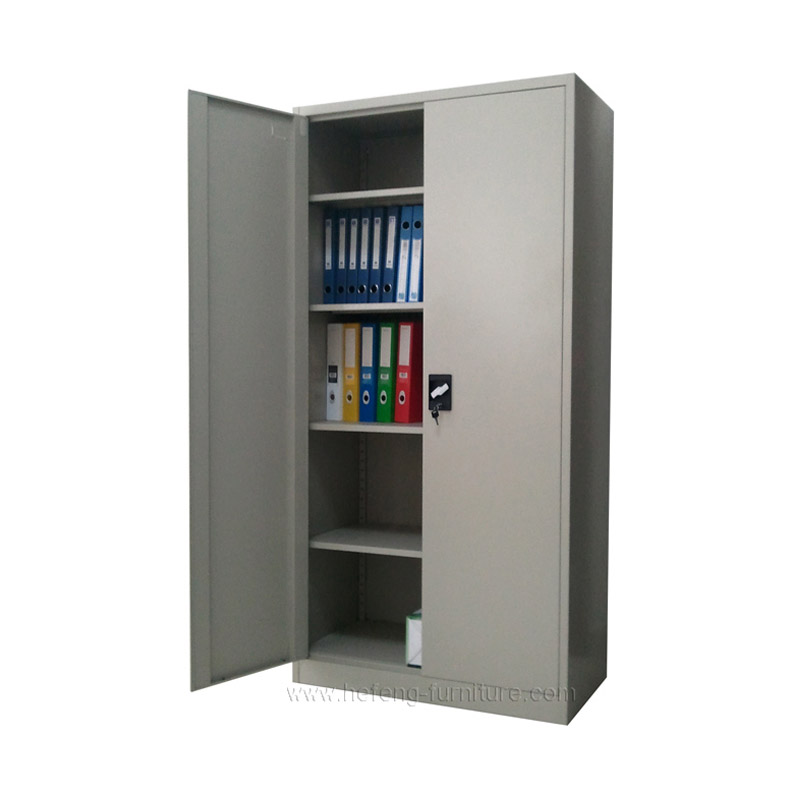Steel and Glass Cabinet Design and Construction

Steel and glass cabinets offer a unique blend of durability, elegance, and modern aesthetics. They are increasingly popular in contemporary homes and commercial spaces, adding a touch of sophistication and functionality. However, understanding the design and construction principles behind these cabinets is crucial to ensure their longevity and performance.
Advantages and Disadvantages of Steel and Glass in Cabinet Construction
Steel and glass, when combined, offer a compelling set of advantages and disadvantages that should be considered during the design and construction process.
Advantages
- Durability: Steel is renowned for its strength and resistance to wear and tear, making it ideal for cabinet construction. It can withstand heavy loads and resist scratches, dents, and impacts, ensuring the cabinet’s longevity. Glass, when tempered or laminated, provides additional strength and shatter resistance, further enhancing the cabinet’s durability.
- Fire Resistance: Steel is a non-combustible material, making it an excellent choice for cabinets in areas where fire safety is a concern. This characteristic is particularly important in kitchens and other areas where heat and flames are present.
- Water Resistance: Steel and glass are both resistant to moisture, making them suitable for use in humid environments like bathrooms and kitchens. This resistance helps prevent warping, rotting, and other issues associated with moisture exposure.
- Easy to Clean: Both steel and glass surfaces are smooth and non-porous, making them easy to clean and maintain. They resist dirt, grime, and stains, ensuring a clean and hygienic cabinet.
- Modern Aesthetics: Steel and glass cabinets exude a modern and minimalist aesthetic that complements contemporary design trends. The sleek lines, reflective surfaces, and clean finishes create a sophisticated and stylish look.
Disadvantages
- Cost: Steel and glass cabinets are typically more expensive than cabinets made from traditional materials like wood. The cost of materials, fabrication, and specialized labor can contribute to the higher price tag.
- Weight: Steel is a heavy material, and glass can also add weight to the cabinet. This weight can be a factor in the design and installation process, requiring sturdy supports and careful handling.
- Fingerprints and Smudges: Glass surfaces can be prone to fingerprints and smudges, requiring regular cleaning to maintain their pristine appearance. This is especially true in high-traffic areas where hands are frequently in contact with the cabinet.
- Thermal Conductivity: Steel is a good conductor of heat, meaning that it can become hot or cold to the touch, depending on the ambient temperature. This can be a concern in kitchens where hot dishes or appliances are placed near the cabinet.
- Limited Design Flexibility: While steel and glass offer a sleek and modern aesthetic, they can be less flexible than wood in terms of design options. The materials’ properties may limit the creation of intricate carvings, complex shapes, or customized finishes.
Types and Applications of Steel and Glass Cabinets

Steel and glass cabinets offer a blend of strength, durability, and visual appeal, making them suitable for various applications. These cabinets are categorized based on their function and style, and their versatility extends from residential to commercial settings.
Types of Steel and Glass Cabinets
Steel and glass cabinets are classified based on their intended use and aesthetic features. Here are some common types:
- Kitchen Cabinets: These cabinets are designed for storage and organization in kitchens. They often feature glass doors for showcasing dishes, glassware, or decorative items.
- Bathroom Cabinets: Designed for bathroom storage, these cabinets typically have a sleek and modern aesthetic. They may feature glass shelves for displaying toiletries or towels.
- Office Cabinets: Office cabinets provide secure storage for documents, files, and electronics. They often have steel frames with glass doors for visibility.
- Retail Display Cabinets: Used in retail stores to showcase merchandise, these cabinets typically feature large glass panels for optimal product visibility.
- Museum Display Cabinets: Designed for showcasing artifacts and exhibits in museums and galleries, these cabinets prioritize security and preservation. They often feature tempered glass and advanced locking mechanisms.
Applications of Steel and Glass Cabinets
Steel and glass cabinets are widely used in both residential and commercial settings. Here are some common applications:
- Residential: In homes, steel and glass cabinets are often used in kitchens, bathrooms, and home offices. They can enhance the modern aesthetic of a space and provide functional storage solutions.
- Commercial: Steel and glass cabinets are commonly found in retail stores, restaurants, hotels, and offices. They offer a durable and visually appealing solution for product display, storage, and organization.
Case Studies of Innovative Uses
The use of steel and glass cabinets extends beyond traditional applications. Here are some innovative examples:
- Wine Cellar: A custom-designed steel and glass cabinet with temperature-controlled compartments can create a stylish and functional wine cellar. The glass panels allow for showcasing the wine collection while maintaining optimal storage conditions.
- Media Wall: Integrating a steel and glass cabinet into a media wall can create a modern and functional entertainment space. The cabinet can house a television, audio equipment, and other electronics, while the glass panels provide a sleek and visually appealing finish.
- Retail Display: A unique and eye-catching retail display can be created using a steel and glass cabinet with integrated lighting and interactive elements. This can attract customer attention and enhance the shopping experience.
Design Choices and Their Impact
The design choices for steel and glass cabinets can significantly impact their functionality and aesthetics.
- Glass Thickness: Thicker glass panels offer greater durability and security. However, they can also be heavier and more expensive.
- Frame Material: Steel frames provide strength and durability. Different finishes, such as powder coating or chrome plating, can influence the aesthetic appeal.
- Door Style: Glass doors can be sliding, hinged, or pivot. The choice depends on the desired functionality and aesthetic.
- Lighting: Integrated lighting can enhance the visibility of items inside the cabinet and create a more inviting display.
- Hardware: Handles, hinges, and other hardware should be chosen for both functionality and aesthetic appeal. They should complement the overall design of the cabinet.
Types of Steel and Glass Cabinets, Features, and Applications
| Type | Features | Applications |
|---|---|---|
| Kitchen Cabinets | Glass doors, adjustable shelves, various finishes | Residential kitchens, home kitchens |
| Bathroom Cabinets | Sleek design, moisture-resistant materials, glass shelves | Residential bathrooms, hotel bathrooms |
| Office Cabinets | Steel frames, lockable doors, filing systems | Office spaces, libraries |
| Retail Display Cabinets | Large glass panels, adjustable shelves, lighting | Retail stores, showrooms |
| Museum Display Cabinets | Tempered glass, security features, climate control | Museums, art galleries |
Maintenance and Care of Steel and Glass Cabinets

Steel and glass cabinets, with their sleek and modern aesthetics, are a popular choice for kitchens, bathrooms, and offices. However, maintaining their pristine appearance and functionality requires some effort. This section will guide you through the essential cleaning and maintenance procedures, common issues and solutions, and tips for extending their lifespan.
Cleaning and Maintenance Procedures
Regular cleaning is crucial for keeping steel and glass cabinets looking their best and preventing damage. The following steps Artikel a comprehensive cleaning routine:
- Dusting: Begin by dusting the cabinets regularly with a microfiber cloth to remove loose dust and debris. This prevents the accumulation of dirt and grime, making cleaning easier in the long run.
- Cleaning Glass Surfaces: Use a glass cleaner specifically designed for delicate surfaces. Avoid harsh chemicals that can damage the glass. Apply the cleaner to a microfiber cloth and wipe the glass surfaces gently, ensuring you reach all corners and crevices.
- Cleaning Steel Surfaces: For steel surfaces, use a mild soap solution and a soft cloth. Avoid abrasive cleaners and scouring pads, as they can scratch the steel. Wipe the surfaces in the direction of the grain to prevent streaks.
- Drying: After cleaning, thoroughly dry all surfaces with a clean, dry microfiber cloth. This prevents water spots and streaks from forming on the glass and steel surfaces.
- Cleaning Hardware: Clean cabinet handles and knobs regularly with a mild soap solution and a soft cloth. Dry them thoroughly to prevent rust formation.
Common Issues and Solutions
While steel and glass cabinets are durable, they are not immune to wear and tear. Here are some common issues and their solutions:
- Scratches on Steel Surfaces: Scratches can occur from sharp objects or abrasive cleaners. To minimize scratches, use a soft cloth and avoid abrasive cleaners. For existing scratches, consider using a steel polish to minimize their appearance.
- Fingerprints on Glass Surfaces: Glass surfaces are prone to fingerprints, especially in high-traffic areas. To remove fingerprints, use a glass cleaner and a microfiber cloth. For stubborn fingerprints, consider using a specialized fingerprint remover.
- Rust Formation: Rust can form on steel surfaces if they are exposed to moisture for prolonged periods. To prevent rust, ensure the cabinets are properly ventilated and dried after cleaning. For existing rust, use a rust remover and follow the manufacturer’s instructions carefully.
- Loose Hinges or Handles: Over time, hinges and handles can become loose. Tighten them using a screwdriver or wrench to ensure proper functionality and prevent damage to the cabinets.
Tips for Extending Lifespan and Preserving Appearance
Following these tips can help you extend the lifespan and maintain the appearance of your steel and glass cabinets:
- Avoid Harsh Chemicals: Harsh chemicals can damage the finish of both steel and glass surfaces. Opt for mild cleaners specifically designed for these materials.
- Use Protective Pads: Place protective pads on shelves to prevent scratches from sharp objects.
- Regular Maintenance: Regular cleaning and maintenance are essential for preventing damage and preserving the appearance of the cabinets. Follow the cleaning procedures Artikeld earlier to ensure optimal care.
- Proper Ventilation: Ensure the cabinets are properly ventilated to prevent moisture buildup, which can lead to rust formation on steel surfaces.
Steel and glass cabinet – The marriage of steel and glass in cabinetry is a testament to modern design, blending durability with a sleek aesthetic. While stainless steel provides a robust frame, glass panels offer a sense of openness and lightness. For those seeking a pristine look, white glass kitchen cabinets are a popular choice.
Their reflective surfaces amplify light, making the space appear larger and brighter. However, the smooth, non-porous nature of glass requires meticulous cleaning to maintain its pristine appearance, just like the polished steel accents that complement it.
The sleek lines of a steel and glass cabinet are a testament to the enduring beauty of modern design. Their strength and transparency create a sense of spaciousness, echoing the airy ambiance of 2 bedroom suites in Fort Lauderdale, FL.
Just as these suites offer a blend of comfort and luxury, a steel and glass cabinet provides a practical and aesthetically pleasing solution for any home, bringing a touch of modern sophistication to any space.
